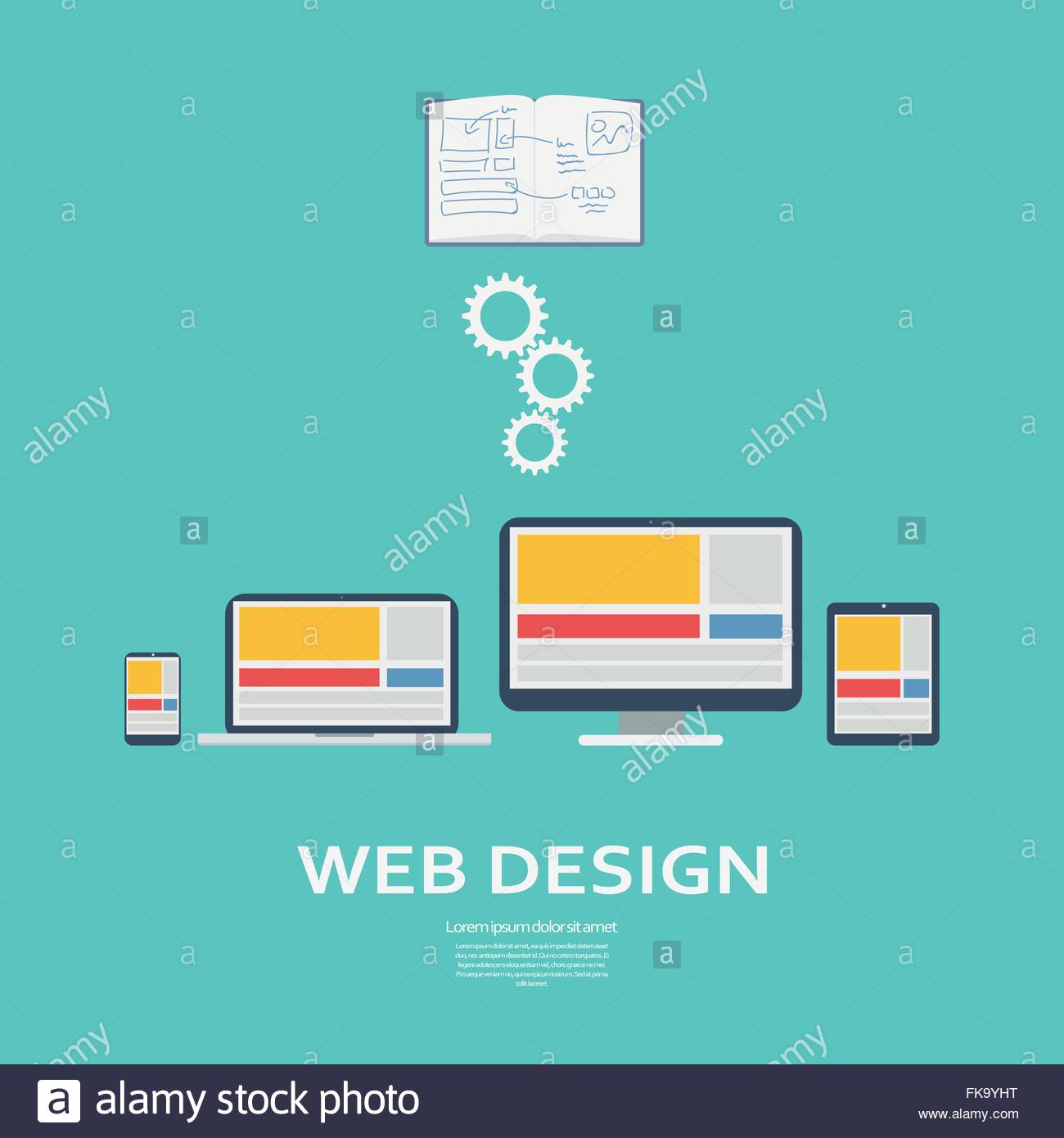Fundamental Elements Of Website Design: Guidelines For Creating A User-Centric Website
Fundamental Elements Of Website Design: Guidelines For Creating A User-Centric Website
Blog Article
Published By-Hovmand Skinner
When it involves web site design, guaranteeing user-friendliness is vital. From receptive style to structured navigating, every element plays a critical duty in producing a site that satisfies your audience's requirements. Yet what about the finer information that can make or damage a user's searching experience? Keep tuned as local search optimisation discover some often-overlooked pointers that can elevate your site's usability to the next degree, making it absolutely stick out in the digital landscape.
Importance of Responsive Design
Receptive design is an important facet of modern-day site development. Guaranteeing your website is responsive means that it can adjust to various display sizes and tools, giving a seamless experience for individuals.
With link webpage raising use of mobile phones and tablets to access the internet, having a responsive style is important for reaching a bigger target market. It assists in boosting customer experience by making your website easy to browse and continue reading any kind of tool.
In addition, responsive style can favorably impact your online search engine rankings, as search engines like Google prioritize mobile-friendly web sites. By having a receptive layout, you're also future-proofing your website, as brand-new gadgets with varying screen sizes continue to arise.
Simplify Navigating Structure
To improve user experience and help with simple access to details on your site, enhancing the navigating framework is extremely important. When developing your website, focus on producing a clear and intuitive navigating food selection that assists site visitors discover what they're trying to find swiftly.
Restriction the variety of menu items to the basics, organizing relevant pages together to prevent overwhelming customers. Usage detailed labels that clearly show the web content of each web page, making it simpler for individuals to understand where each web link will certainly take them.
Consider implementing dropdown menus for subcategories to avoid littering the main navigating bar. In addition, include a search bar plainly on the page for users who choose looking for details details.
Focus on mobile responsiveness in your navigation style to ensure very easy accessibility on all tools.
Maximize Web Page Tons Rate
Improving web page lots speed is critical for preserving visitors on your website. Slow-loading pages frustrate users and can bring about high bounce rates. To maximize web page tons speed, begin by enhancing pictures. Press images without jeopardizing high quality to reduce their file dimensions.
Furthermore, allow look at here now caching to store often accessed sources in your area, accelerating load times for returning visitors. Minify CSS, JavaScript, and HTML documents by removing unnecessary personalities, comments, and format, enhancing lots rate.
Consider using a material delivery network (CDN) to distribute your site's web content throughout numerous web servers worldwide, lowering latency for individuals accessing your website from various locations. Finally, limit making use of third-party manuscripts and plugins, as they can significantly affect tons times.
Conclusion
Finally, by incorporating receptive design, simplifying navigation, and maximizing web page lots rate, you can create an user-friendly website that attract a larger target market and boosts customer experience. These essential elements make certain that site visitors can easily access and browse your site across various devices, causing enhanced involvement and satisfaction. By focusing on these crucial elements, you can build a successful internet site that maintains individuals coming back for more.
